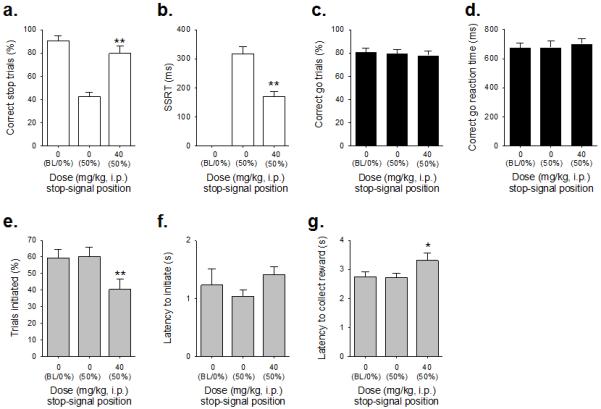Figure 5. Effect of dehydroepiandrosterone sulfate (DHEAS) administration (40mg/kg) on stop-signal reaction time task performance in adult male MF1 mice (n=12).

Administration of DHEAS increased the proportion of correctly stopped trials (a) and decreased SSRT (b). Although there was no effect of drug treatment on the correct go response measure (c) or on the speed of the correct go response (d), DHEAS administration did result in effects on general task performance, such as reducing the number of trials initiated (e) and increasing reinforcer collection latency (g); there was also a near-significant increase in the latency to initiate trials (f). Baseline data (BL i.e. mean of the five sessions immediately preceding each drug treatment session) when the stop-signal presentation was concurrent with the start of the go response (0%) are shown for illustrative purposes and were not included in the statistical analysis. *** and * denote p<0.001 and p<0.05, respectively for significant pairwise differences between drug treatments.
